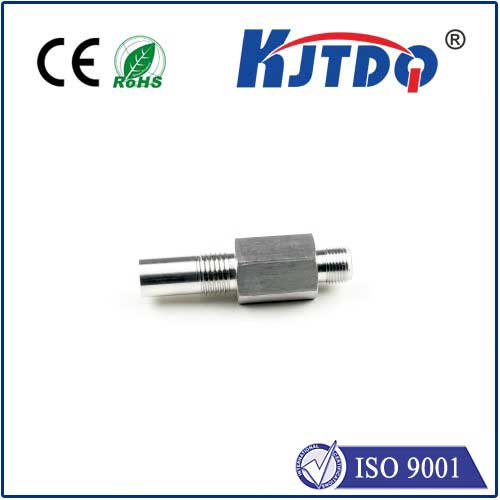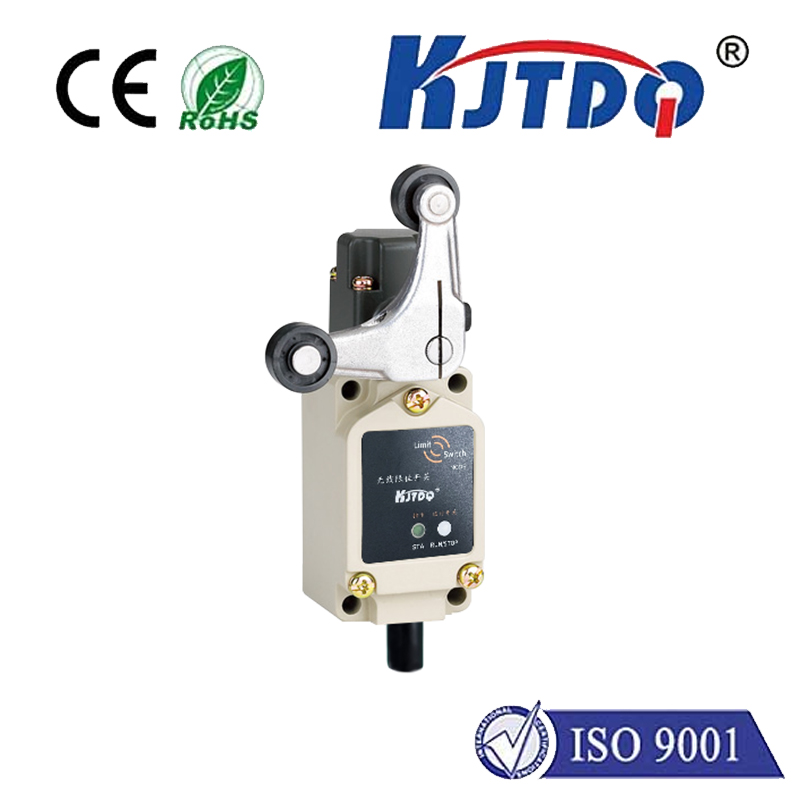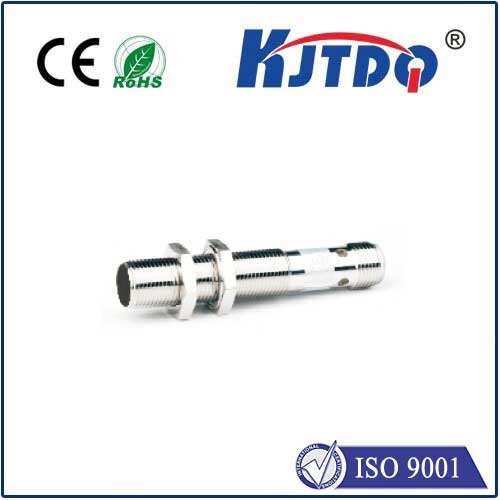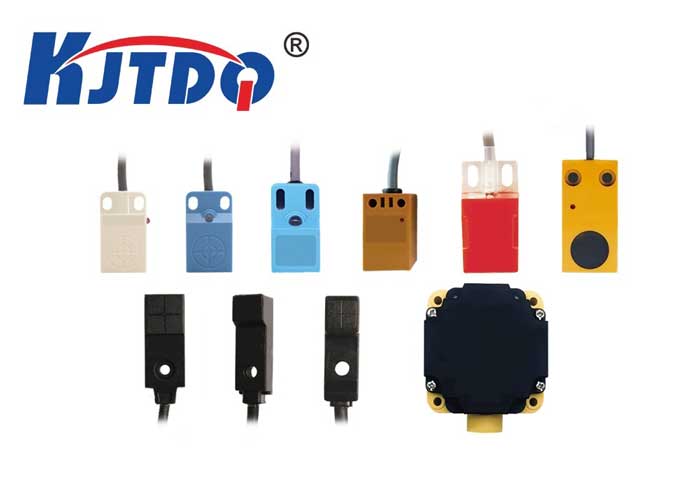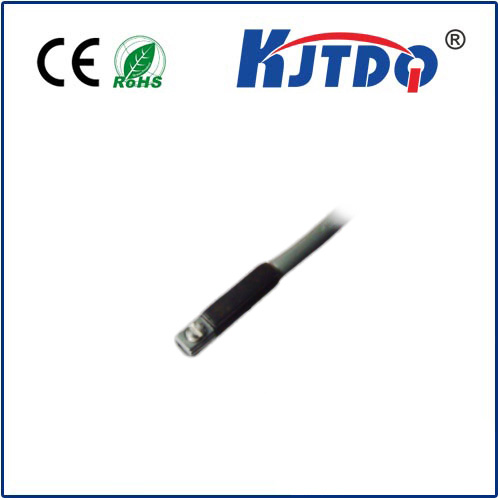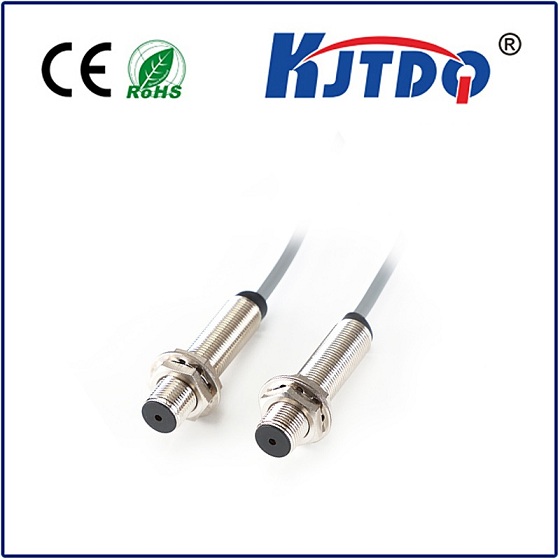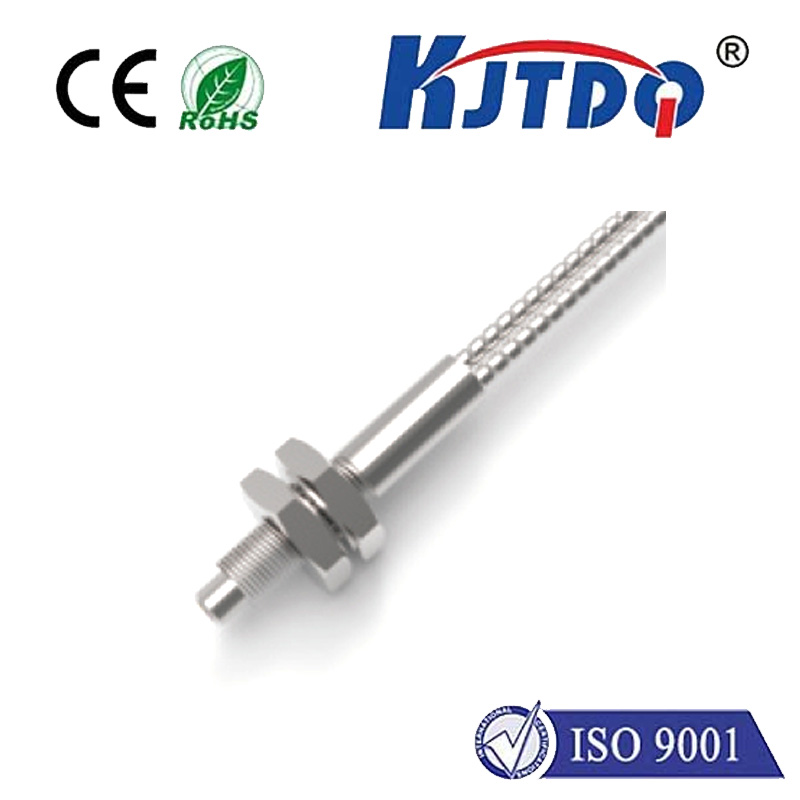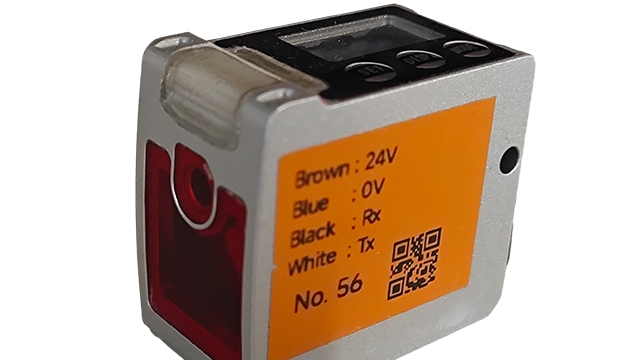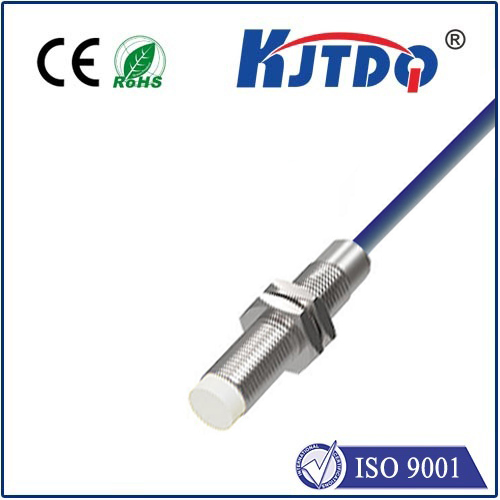
check

check

check

check
Title: Unlocking the Power of Laser Rotary Encoders
As automation continues to transform industries, innovative solutions like laser rotary encoders are proving invaluable. These devices offer precise and efficient control over machine functions, enhancing performance and reducing costs. In this article, we'll delve into the world of laser rotary encoders, exploring their features, applications, and potential for future growth.
Introduction:
At its core, a laser rotary encoder is a sensor that detects the rotation angle of a shaft. This data is then processed by an electronic circuit, which converts it into an electrical signal. By measuring the distance between the shaft and a reference point, the encoder can determine the exact position of the shaft in relation to the object it is attached to. This technology has found wide-ranging applications across various sectors, from industrial automation to consumer electronics.

Features:
The primary advantage of laser rotary encoders is their high precision and accuracy. They operate at speeds up to 150,000 counts per minute (CPM), making them ideal for applications that require fast and reliable data transfer. Additionally, they are immune to interference from light sources or other magnetic fields, ensuring consistent performance even in noisy environments.
Another key feature is their compact size and low power consumption, which makes them suitable for use in tight spaces or battery-powered devices. Many models also offer built-in protection against overheating, preventing equipment failure due to excessive heat generation.
Applications:
One of the most common uses for laser rotary encoders is in industrial automation systems. By integrating these sensors into machines and robots, manufacturers can improve efficiency, reduce downtime, and enhance product quality. For example, in a printing factory, laser rotary encoders can be used to monitor the position of printheads, ensuring accurate and consistent ink application.
In addition to industrial applications, laser rotary encoders are also popular in consumer electronics. They are commonly used in games consoles, remote controls, and other devices where precise positioning is essential. Furthermore, as the demand for smart home devices increases, laser rotary encoders are likely to see increased adoption in this space as well.
Future Potential:
As technologies continue to evolve, it is likely that laser rotary encoders will become even more advanced and versatile. For example, some manufacturers are experimenting with using infrared light instead of laser beams to create more reliable and cost-effective sensors. Additionally, new materials such as graphene may lead to even higher resolution and sensitivity for these devices.
In conclusion, laser rotary encoders are a powerful tool for improving automation and control systems. Their precise measurement capabilities make them ideal for a wide range of applications, from manufacturing to gaming. As research continues to advance this technology, it is clear that they will remain an important component of modern automation systems for years to come.
